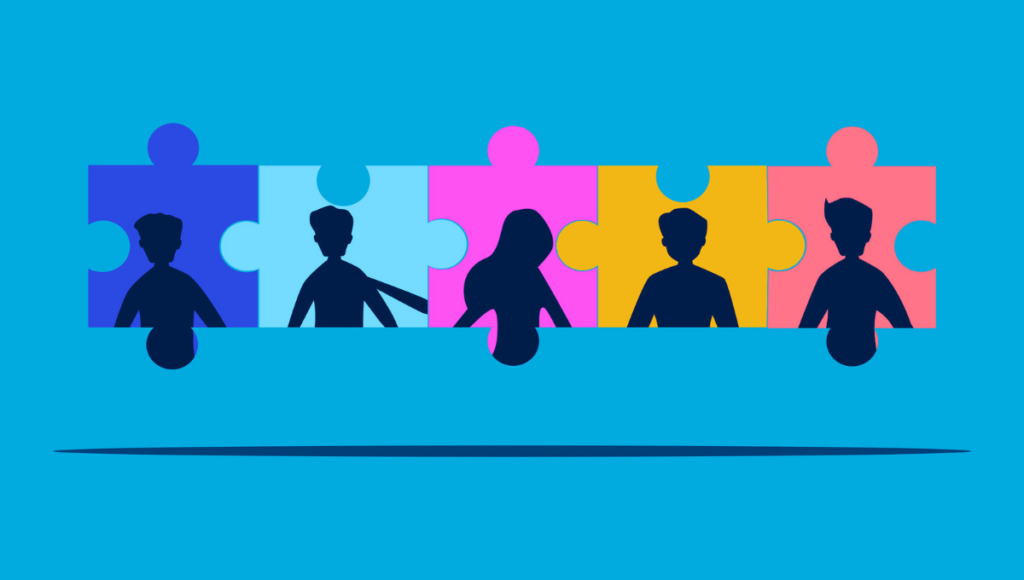As any good baker knows, a cake won’t rise without the right ingredients in thoughtful measure. The same can be said about workplace motivation: If we want to uplift, energize, and motivate others, the various components of our social interactions should be carefully apportioned.
For over two decades, NLI has researched the “social ingredients” that help workplace interactions feel more inspiring and set everyone up to do their best work. The “ingredients,” in this case, are represented by The SCARF® Model, which summarizes five psychological drivers that humans tend to seek out in social interactions:
- Status: Feeling respected and valued.
- Certainty: Knowing what to expect.
- Autonomy: The experience of choice and control.
- Relatedness: The sense of belonging and being part of a group.
- Fairness: The experience of a fair, equitable exchange.
While all five drivers are important, we don’t all prioritize them in the same order. Autonomy might be the most important motivator for you, while certainty or relatedness takes the cake for your new team member or client.
For the workplace communicator looking to craft the most energizing interactions, it’s helpful to understand which drivers your team members, colleagues, and clients value most. How can you accomplish that? One approach, popular with many of our organizational clients, is for leaders to invite their teams to take the NLI SCARF® Assessment and share their discoveries.
In cases where that may not be practical, like when working with external partners or large, constantly shifting teams, we may need another way. One option is to try to make informed inferences based on social cues.
Though it may require as much social art as science — and there can always be exceptions — a few examples are provided below.
Status: Does the person perk up when asked for their ideas or when given the floor during key meetings? Have they said something like, “It’s important my work makes a real impact”? Do they seem clearly frustrated when being interrupted or having a contribution glossed over?
If so, status may be a key driver for them. Consider amplifying gratitude for their accomplishments and doubling down on efforts to make them feel heard.
Certainty: Does your colleague or client seem more motivated when given definitive parameters, specific processes, or even “templates” to reference? Have they mentioned they “don’t like surprises”? Do they like things planned well in advance, check in often, or generally want to know what’s happening next?
If so, certainty may be a driver they highly value. Consider prioritizing transparency, clear expectations, and space for clarifying questions.
Autonomy: Does the person appear energized when invited to shape the creative direction of a deliverable? Have they mentioned interest in “greater flexibility” over their projects or schedules? When presented with an idea, do they suggest ways to experiment with it or share potential alternatives?
If so, autonomy may be key to their motivation. Consider offering more choices and highlighting areas where they can influence how to proceed.
Relatedness: Does your colleague or client frequently initiate casual conversations? Have they mentioned that they consider themself a “people person”? Are they the first to answer (or suggest) icebreaker activities or other ways to drive team bonding?
If so, relatedness is a domain they likely prioritize. Consider emphasizing interpersonal connection, shared goals, and a sense of in-group.
Fairness: Does the person like to ensure everyone feels included? Have they referenced the importance of “equitable workplace experiences”? Do they seem concerned when a crucial decision is made but associated context, rationale, or other relevant information is not communicated?
If so, fairness may be among their key drivers. Be sure to give credit where it’s due and, as with certainty, emphasize transparency as often as possible.
When considering these social cues, it’s important to remember that no two people are alike. In most cases, an open and supportive dialogue about a team member or client’s specific needs will be the best way to ensure you can provide meaningful options for everyone. Whichever approach you take, The SCARF® Model can help ensure the right ingredients are near to hand. And it’s not just about sugar, spice, and everything nice. Research suggests that inclusive, socially uplifting interactions can support intelligent thinking, collaboration, well-being, and prosocial behavior — classic essentials in the recipe for a motivated workplace.






